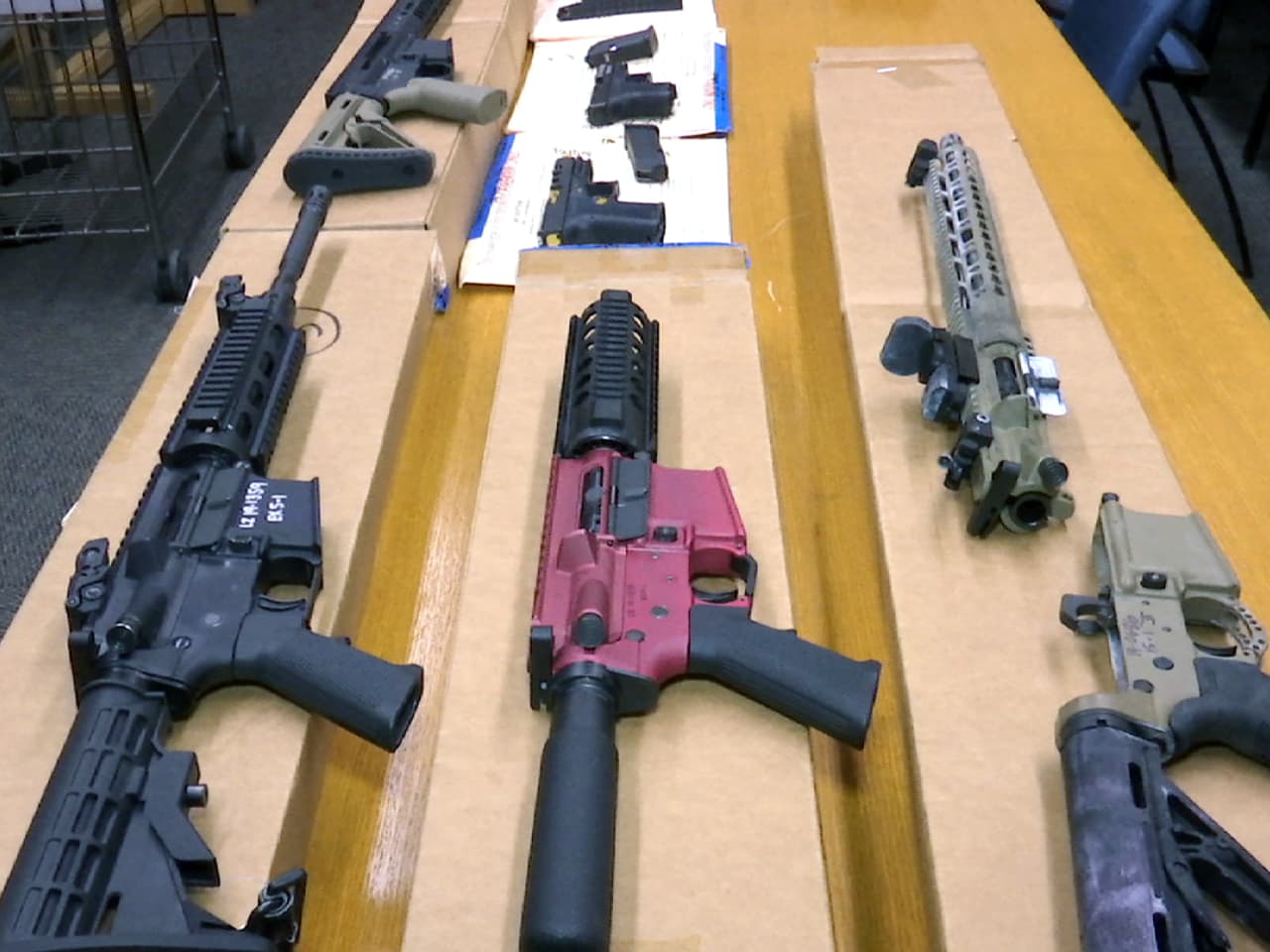Your optics play a crucial part in your ability to obtain the highest quality results regardless of whether or not you’re a professional or an amateur. Knowing the fundamentals of these components will assist in making sure you are equipped to get the most out of each shot you take.
Optic Parts: Understanding Their importance in shooting Sports
When it comes to shooting sports, whether hunting, competitive shooting, or just a simple plinking session at the range using a reliable, accurate firearm is crucial. Optic parts, which are frequently overlooked, play a crucial role in accuracy and precision. Optic parts, also referred to as sights, are affixed on firearms to aid shooters aim more accurately and effectively. We’ll talk about the importance of optic components and how they can aid in improving your shooting skills.
What are Optic Parts?
Optic parts aid shooters in aiming their guns more precisely. Optic parts come in various varieties, such as iron sights, red dots, holographic sight, magnified scopes and the holographic sight. Each type of optic parts features its own distinctive advantages and advantages. The type of optic you choose will be based on your shooting preferences.
Iron sights are by far the most straightforward kind of optics part and are often found in traditional firearms. Front sight posts and an notch for the back sight are needed to ensure that the sights are aligned with the target. Red dot sights make a reticle appear as an elongated dot on the lens using a small LED. This sight is popular due to its speed and ease-of-use. These sights are often employed in tactical and military applications. They employ lasers to build the Hologram-like reticle. Magnified scopes can also utilize lenses that magnify targets. This makes it easier to accurately aim at long distances.
Why Are Optic Parts Important?
Optic components aid shooters in aiming better and with greater precision. Optic parts enable shooters to target with greater precision and at higher distances. Optic components also allow for quicker target acquisition process, which allows the shooter to aim quickly and with greater accuracy. Optic parts are crucial for tactical and hunting situations, as they improve accuracy even in dim lighting conditions.
The Optic Parts That Work
It is vital to select the ideal optic components to improve your shooting capabilities. You should take into account your shooting needs, budget, and the type of firearm you are using when choosing an optic component. Additionally, you should consider the magnification and reticle type.
The magnification component refers to the amount of zoom it provides. Magnified scopes are generally used for long-range shooting due to the fact that they enable shooters to aim at targets from hundreds of miles away. However, magnified scopes might not be appropriate for close-range shooting. The red dot and holographic sights are commonly utilized for close-range shooting, as well as fast target acquisition, making them popular among shooters with tactical skills.
It is also important to think about the type of reticle that you choose when selecting an optic component. Different types of reticles may be utilized for various shooting conditions. A crosshair reticle for example, is best for shooting targets. But it is a BDC (bullet Drop Compensating) reticle, on the other hand, is great for long-range shooting.
Upkeep of Your Optic Parts
When you’ve decided on the optic components it is essential to maintain the parts properly. Properly maintained will ensure your optics are accurate and reliable for many years to come. The most basic tasks for maintenance include cleaning the lenses, checking the zero and then storing the optic parts properly when they are not being used.
Cleaning your lenses is crucial to ensure that your optical parts give crisp and accurate image. Make use of a microfiber towel and the solution for cleaning your lenses to cleanse your lenses. Avoid rough materials or paper towels as they could scratch lenses.
Checking the zero of your optic parts ensures that they’re aligned in a correct manner. In time, recoil, and other elements can cause optic parts to misalign. To verify the zero for a couple of shots at a point and then adjust the optics when necessary.
For more information, click Gun Parts
